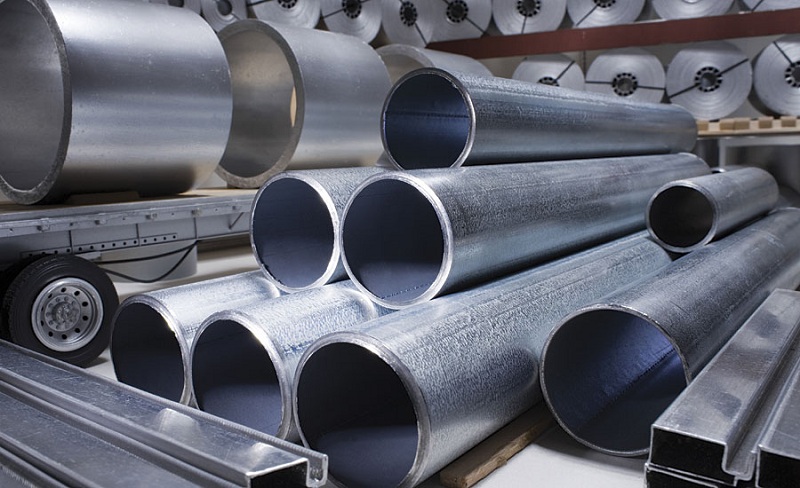Veterinary services are vital for detecting adverse health events and providing education and training for disease outbreaks and non-biological disasters. Veterinary services are also instrumental in managing infectious and transboundary diseases. Let’s look at some of their other essential roles. Veterinary services are integral to disaster management, providing wildlife quarantine, food safety, and environmental monitoring.
Veterinary services are a valuable front line for detecting adverse health events.
Veterinary services are valuable front lines for detecting disease outbreaks, animal and human zoonotic diseases, and environmental health issues. As epidemiologists, veterinarians can detect disease outbreaks and contribute to public health education and research support services. They also help protect food sources and processing facilities. Veterinary services also provide valuable surveillance to safeguard communities from bioterrorism agents. Approximately 60,000 private practice veterinarians perform public health surveillance in the U.S. alone.
While most reports of medical errors in veterinary settings were not related to patient harm, many “near miss” events were still considered serious. Therefore, it is essential to investigate every incident, especially those with the potential to cause significant morbidity or mortality. However, the number of reported incidents is likely underreported because voluntary reporting systems underestimate the number of errors. Moreover, the frequency of reported incidents may reflect the reporting practices of hospital staff.
Veterinary services provide education to mitigate transboundary diseases.
Veterinary services are essential for livestock and poultry producers, ensuring food safety and public health. Their duties also extend throughout the value chain, including post-mortem inspections and further food safety interventions. Veterinary services can help prevent harmful transboundary diseases in domestic and foreign livestock and poultry. Also, they can also provide education on infection control and share resources and tools with state and local governments.
To control transboundary diseases, veterinarians must be skilled in detecting and managing these diseases. In addition, they must be able to identify and respond to new and emerging diseases that may threaten domestic animals and other living things. Emerging animal diseases can range from zoonotic diseases to agronomic conditions. Some of these diseases are particularly dangerous, such as Rift Valley Fever.
Veterinary services are a valuable tool in managing disease outbreaks.
Veterinary services are an essential part of the health and environmental response to disease outbreaks, from preventing the spread of a new virus to addressing the impact of an already established one. In addition, they can contribute to the management of emerging diseases, such as the COVID-19 pandemic, through their various levels of expertise. Public health veterinarians, for instance, can help to investigate emerging pathogens and disease dynamics. They can also contribute to disease control and management through animal research and vaccine development expertise.
Veterinary services are essential for responding to disease outbreaks, including animal and human diseases. Animal health experts have extensive field experience managing animal health emergencies and have developed an innate ability to ‘get ready in the field.’ Veterinary services can perform various activities on time, including molecular/antigenic characterization and planning surveillance programs. These professionals can also assist the public health response in emergency management and disease control.
Veterinary services are a valuable tool in managing non-biological disasters.
The American Medical Association’s Council on Ethical and Judicial Affairs has described four criteria for involving veterinarians in the medical response to disasters. The role of veterinarians in disaster medical response is critical because of their knowledge and expertise in human medicine. Failure to include veterinarians in disaster medical response can lead to serious ethical dilemmas. Veterinarians must be trained and continually exercised to make disaster medical response effective.
The Italian General Directorate for Animal Health has commissioned a research project to develop a spatial decision support system for non-biological emergencies. This project is part of a larger research project that aims to create a new veterinary information system for non-epidemic disasters. The system, called SIVENE, will provide information on the location and severity of incidents and help decision-makers assess whether veterinary services are needed in these areas.
Veterinary services are a part of governmental activity.
Veterinary services are part of governmental activity and must be provided efficiently and cost-effectively. The government retains responsibility for services with significant externalities, such as the certification of quality standards for products and animals. Other services are funded by the government and are considered a general interest of consumers and producers. Governmental employees in the sector are approximately 150, while over two thousand private practitioners provide services in the country. The Veterinary Department’s recurrent budget is 40%, comprised of the salaries of its staff. This allows for efficient implementation of the department’s tasks.
Governmental authorities are empowered by law to regulate the movement of animals, inspect livestock, and destroy dangerous animals. They also enforce animal health protection practices. Veterinary services must also be controlled by legislation, which should be updated to reflect technological advances and reflect government policy priorities. It should also encourage private veterinary professionals to provide veterinary services and related materials to farmers and consumers. Further, it should be noted that government agencies must have strong incentives to increase the number of private veterinary professionals in the country.



